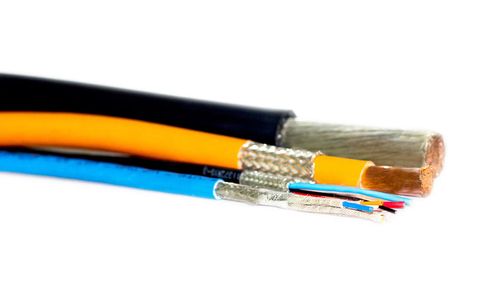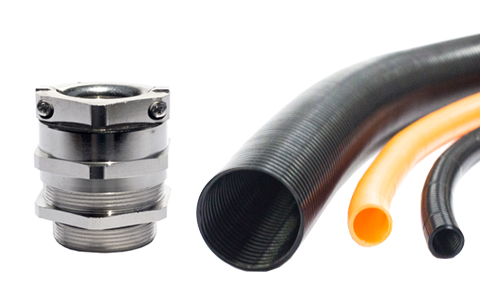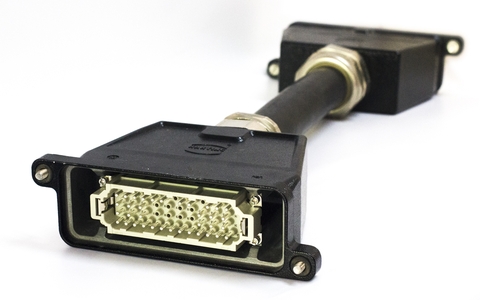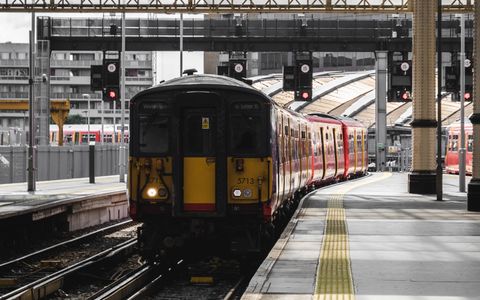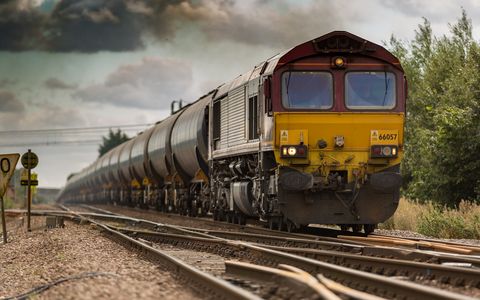Electric locomotive
Briefing
An electric locomotive is a locomotive powered only by electricity. Electricity is supplied to moving trains with a (nearly) continuous conductor running along the track that usually takes one of three forms: an overhead line, suspended from poles or towers along the track or from structure or tunnel ceilings; a third rail mounted at track level; or an onboard battery. Both overhead wire and third-rail systems usually use the running rails as the return conductor, but some systems use a separate fourth rail for this purpose. The type of electrical power used is either direct current (DC) or alternating current (AC).
Various collection methods exist: a trolley pole, which is a long flexible pole that engages the line with a wheel or shoe; a bow collector, which is a frame that holds a long collecting rod against the wire; a pantograph, which is a hinged frame that holds the collecting shoes against the wire in a fixed geometry; or a contact shoe, which is a shoe in contact with the third rail. Of the three, the pantograph method is best suited for high-speed operation.
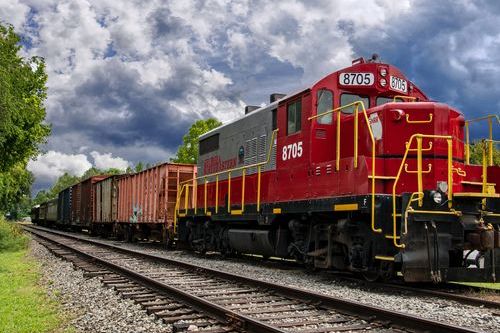
Electric locomotives almost universally use axle-hung traction motors, with one motor for each powered axle. In this arrangement, one side of the motor housing is supported by plain bearings riding on a ground and polished journal that is integral to the axle. The other side of the housing has a tongue-shaped protuberance that engages a matching slot in the truck (bogie) bolster, its purpose being to act as a torque reaction device, as well as a support. Power transfer from motor to axle is effected by spur gearing, in which a pinion on the motor shaft engages a bull gear on the axle. Both gears are enclosed in a liquid-tight housing containing lubricating oil. The type of service in which the locomotive is used dictates the gear ratio employed. Numerically high ratios are commonly found on freight units, whereas numerically low ratios are typical of passenger engines.
Electricity is typically generated in large and relatively efficient generating stations, transmitted to the railway network and distributed to the trains. Some electric railways have their own dedicated generating stations and transmission lines but most purchase power from an electric utility. The railway usually provides its own distribution lines, switches and transformers. Electric locomotives usually cost 20% less than diesel locomotives, their maintenance costs are 25–35% lower, and cost up to 50% less to run.
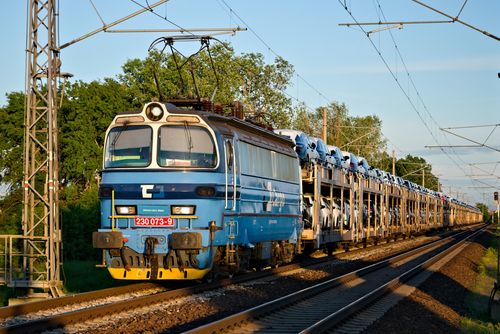
There are three main uses of locomotives in rail transport operations: for hauling passenger trains, freight trains, and for switching (UK English: shunting).Freight locomotives are normally designed to deliver high starting tractive effort and high sustained power. This allows them to start and move long, heavy trains, but usually comes at the cost of relatively low maximum speeds. Passenger locomotives usually develop lower starting tractive effort but are able to operate at the high speeds required to maintain passenger schedules. Mixed-traffic locomotives (US English: general purpose or road switcher locomotives) meant for both passenger and freight trains do not develop as much starting tractive effort as a freight locomotive but are able to haul heavier trains than a passenger engine.
In diesel-electric and electric locomotives the control system between the traction motors and axles adapts the power output to the rails for freight or passenger service. Passenger locomotives may include other features, such as head-end power (also referred to as hotel power or electric train supply) or a steam generator.
Some locomotives are designed specifically to work steep grade railways and feature extensive additional braking mechanisms and sometimes rack and pinion. Steam locomotives built for steep rack and pinion railways frequently have the boiler tilted relative to the locomotive frame, so that the boiler remains roughly level on steep grades.

Locomotives are also used on some High-speed trains: All TGV, many AVE, some Korea Train Express and the now-retired ICE 1 and ICE 2 trains all use locomotives, which may also be known as power cars. Using power cars easily allows for a high ride quality and less electrical equipment, but when compared with electric multiple units, they also offer lower acceleration and higher axle weights (for the power cars) The KTX-Sancheon and ICE 1 use a mixture of electric multiple units and power cars.
As of December 31, 2021, A total of 13900 units of electric locomotives out of 21700 units of all types of locomotive were built in China nationwide.
These electric locomotives are playing a very important role in railway freight transportation and a surplus of passenger transportation apart for the current world leading high speed rail network.





